Neon signs do not produce X-rays. Although they operate at high voltages, the gas within the tubes prevent electrons from gaining enough energy to produce X-rays.
However, if one wants to split hairs, all emission of electromagnetic waves is probabilistic. Even an incandescent bulb will produce a negligible amount of X-rays. Maybe one photon per second, or maybe one photon per year. I don't know the rate but it is very small compared to the more or less astronomical number of photons produced by an X-ray machine. I would guess that the amount of X-ray radiation you would receive from a neon light might well be less than what you would receive sitting under a beach umbrella on a sunny day.
Edit: I just did some back-of-the-envelope calculations to estimate the power of the X-rays emitted by an incandescent bulb.
Assume an incandescent bulb emits black body radiation according to Planck's Law, and is at 2700 Kelvins. Assume further that X-rays consist of photons with frequency 3 x 10^16 Hz.
To find the relative intensity of X-rays to yellow light, I divided the Planck's Law result for X-rays by that of yellow light and get this approximation.
$$B_{rel} = e^{\left(\frac{h}{k_{B}T}\right)\left({f_{yellow}-f_{x-ray}}\right)}$$
where \$h\approx 6.6 \times 10^{-34} joules\$ is Planck's constant. \$k_{B}\approx 1.38 \times 10^{23} [complicated-units]\$ is Boltzmann's constant, \$T\$ is the temperature in Kelvins.
$$\frac{h}{k_{B}} \approx 4.8 \times 10^{-11} sK$$
$$\frac{h}{k_{B}\times 2700K} \approx 1.778 \times 10^{-14} s$$
$$e^{\left(1.778 \times 10^{-14}\right)\left(3 \times 10^{16}\right)} = e^{\left(5.333 \times 10^2\right)} \approx 4 \times 10^{231}$$
So, (with a bit of further approximation) there is somewhere around \$4 \times 10^{231}\$ times more yellow light emitted from an incandescent light bulb than x-ray radiation. AFAIK, that is more than the number of atoms in the visible universe.
This was just a fun calculation and not meant to be precise.

